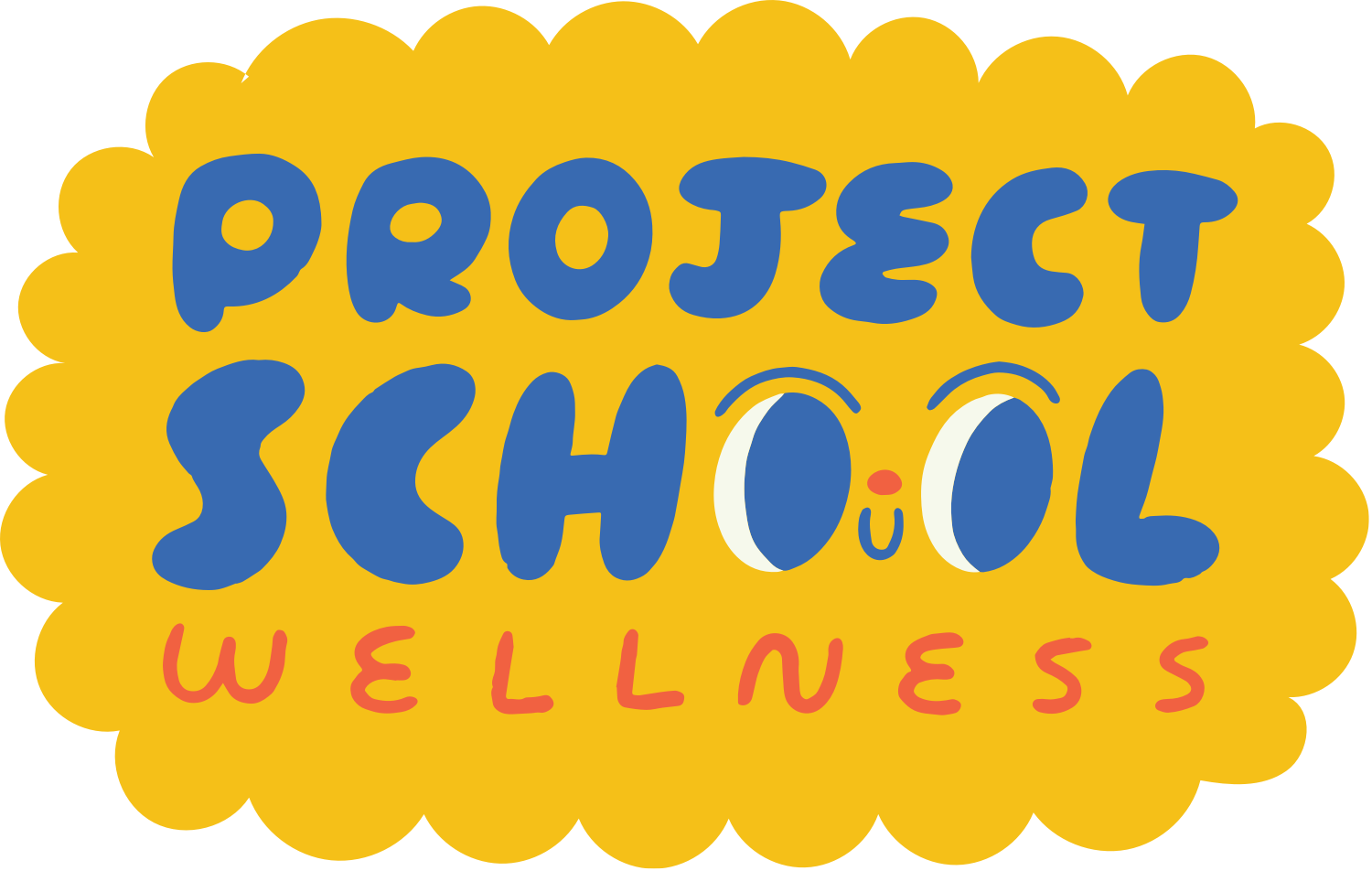Kindness Standard: Five Ways to Teach Students to Be Kind
Kindness is a powerful force that can radically transform the world. A smile can bridge the connection. Holding the door open can make someone feel noticed. A kind message can show someone that they're cared for.
Kindness is basically magic as each kind act inspires and generates more kindness. Despite its magical qualities, kindness seems to be increasingly underrated and rare to find. Which means we have our work cut out for us.
Creating a standard of kindness in your classroom is a goal we all share. And like most good things, building a culture of kindness takes work! But the payout is sooooo worth it! Happy, thriving students who go out and positively influence the world. Yeah, that's definitely worth the time and energy.
>>> 100 Ways Every Middle Schooler Can Be Kind
5 Ways to Create a Standard of Kindness
Here are five things you can do to establish a standard of kindness and create a positive classroom culture:
1) Model Kindness
First and foremost, if you want students to be kind, you have to be kind. Choose to model the kindness you want to see in your students.
Examples: Speak kind words, ask students about their lives, experience empathy, be thoughtful, say please, and thank you.
2) Praise Kindness
Let's be real, kids like attention (I mean, don't we all). They want to be noticed. So, just like you'd acknowledge quality academic work, intentionally praise kindness.
Examples: Highlight the act of kindness of the week, let students give shout-outs to other students' kind deeds, create a kindness bulletin board to showcase kind acts.
3) Create Kindness Opportunities
For some students, going out of their way to be kind isn't really on their radar. So it's essential to create opportunities for students to be kind.
Examples: Give students a kindness challenge (like to say hello to everyone they pass in the hallway), assign a kind act as homework (like to write a thank you letter), ask for volunteers to help out around the classroom, or to tutor their peers.
4) Teach Kindness
Sadly, kindness isn't always the norm, and some students don't see enough kindness in their lives. This means we may have to teach what it means to be kind.
Example: Share specific examples of what kindness looks like through books (Wonder), YouTube clips, and other media sources.
5) Expect Kindness
Finally, if you want to create a standard of kindness, kindness needs to be the expectation. This means, don't settle for anything less than kind behavior.
I'm not recommending that you shame or belittle unkind acts. Instead, I suggest approaching unkind moments with a restorative and empathy-driven mindset. Help students understand how unkind actions make someone feel. Then, help students identify kinder options for the future.
Free Posters: Social Skills
Just in case you missed it last week, don't forget to download your free classroom posters (see below) about how to be a good friend. The 12 highlighted social habits are drenched in kindness. By integrating these social habits into their lives, students begin to live with a standard of kindness!
Sign Up to Download | Access in the Free Resource Library
Next Time...
If you're in the business of setting a standard of kindness in your classroom, be sure to come back next week. I'll be sharing 100 ways Teenagers can be kind.

